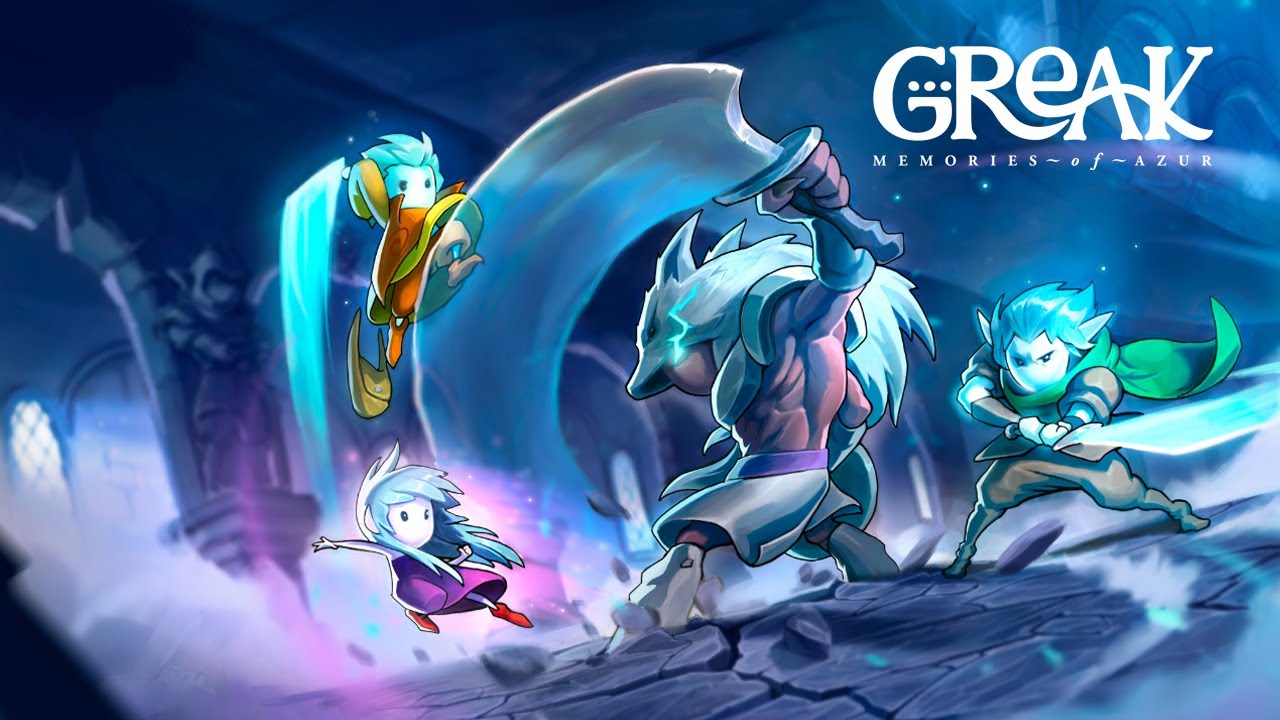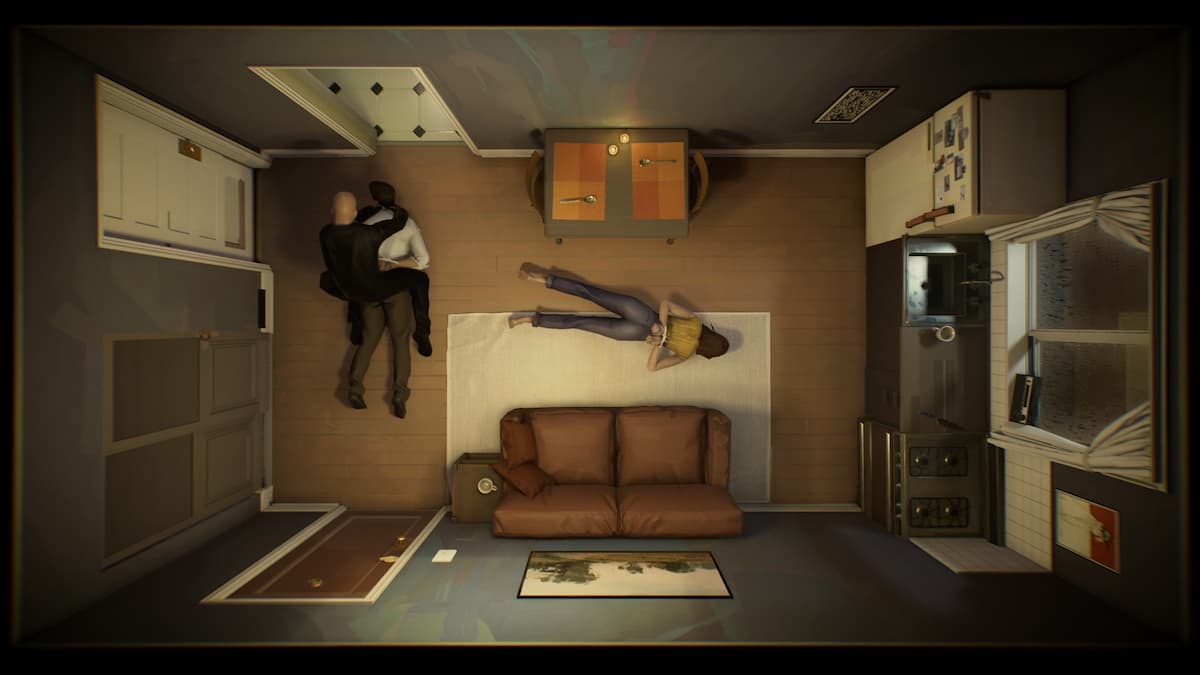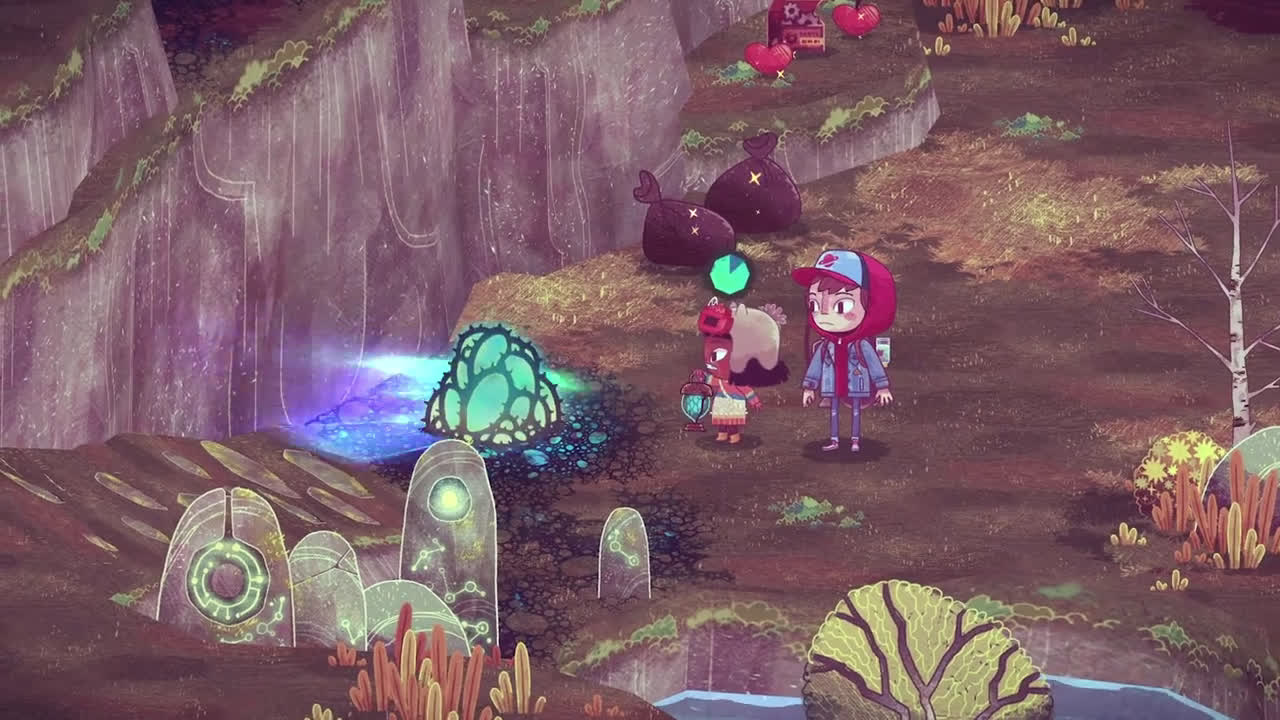Share
The other night I was laying in bed playing Kirby’s Pinball Land, as most college students do in the year 2021. It’s a great game. While I have many fond memories of messing around with my grandfather’s real pinball table as a child, I’ve never had much interest in digital pinball. Somehow though, the liveliness of zany, Kirby-themed pinball tables draws me right in. As I was playing, I was trying to figure out exactly why I like this title so much, with the intention of sharing that answer with all of you before it gets (fingers crossed) added to Nintendo Switch Online with the rumored batch of Game Boy titles. Instead of reaching that decisive answer though, I instead came to a different realization about Kirby himself.
So many of Kirby’s spin-off games are directly predicated on his character design. Kirby’s Pinball Land is a prime example. This game works because Kirby is basically just a sphere with arms and legs. Erase those, and he’s just a pinball. At that point, not much is lost design-wise, unlike Mario getting shoved into a ball for the ill-conceived GBA title, Mario Pinball Land. The simplicity of Kirby’s design means that he can be squished into this form without much of his personality or physicality being affected. In this respect, I think that Kirby’s Pinball Land, on a design level, is directly informed by the shape of Kirby himself.
the hidden secret of kirby’s design
There are plenty more Kirby titles that are likewise contingent on Kirby’s spherical build. One of my favorites is Kirby’s Dream Course. It’s basically a golf-themed puzzle game that began its life as a different IP on the Satellaview of all things. The game was originally called Special Tee Shot prior to HAL coming to repurpose it as a Kirby title, similar to Doki Doki Panic and Super Mario Bros. 2 USA. For those curious, Special Tee Shot did eventually see its standalone Satellaview release, but it is more widely known as the title which spawned Dream Course. On a gameplay level, the experience is about launching a golf ball-shaped Kirby (see where I’m going with this?) through all manner of wacky courses. I really love this title, and I strongly recommend checking it out through SNES Online. This is also another great example of how Kirby’s design opened the door for the puffball to easily explore a new genre. If you’re going to pick any Nintendo character to be used as a golf ball, use the one that already almost fits that mold.

I could just keep giving more and more examples of this trend being true. Kirby Tilt n’ Tumble and Kirby Canvas Curse are two other games that rely upon their protagonist being a perfect sphere. You get the point. While this may seem like a simple observation, I think that it’s a fairly unique one. Naturally, game protagonists often have designs that define their title’s gameplay. Take, for instance, Doshin the Giant. The eponymous protagonist’s size directly informs the gameplay, as you terraform the island that Doshin takes place on. But while his design does dictate that experience, the lanky yellow goliath cannot be easily substituted into other genres simply because of how he looks. By contrast, the functionality of Kirby’s design allows him to do just that.
This is a rather interesting thread to pull on because the more I think, the more I feel like Kirby is a distinct outlier when compared to his other protagonist peers. Which others have designs that can easily be translated across genres in a way that fundamentally informs those shifts? I’m sure that he’s not the only one, but I can’t think of many more. I suppose that Samus Aran is the only one that crosses my mind. So much of Metroid’s core gameplay loop is dependent upon Samus’ Varia Suit and its upgrades. So, that certainly shapes the design philosophy of Samus’ Metroidvania titles. But, it also opens the door for genre-spanning exploits similar to Kirby. The suit’s morph ball ability opened the door for Metroid Prime Pinball, which definitely has echoes of Kirby’s flexible design. But, that’s a singular spin-off example contrasted against Kirby’s many design-determined spin-offs.
visual simplicity, design elegance
I think that this speaks centrally to how great Kirby’s design is. Despite my research, I can’t figure out who said this or what character it was attributed to (I want to say Mickey Mouse), but I heard somewhere from someone (helpful, I know) that the hallmark of a good character design is the ability for fans to draw it. I certainly agree, and Kirby clearly checks that box. I remember being a young kid drawing Nintendo characters constantly… and they looked consistently terrible. My Mario and Yoshi drawings, which my mom has since kept, are especially bad. My Kirby drawings though? They’re at least in the ballpark of how Kirby actually looks because he’s so simple to recreate.

Even seven-year-old Abram could capture the cute, personable design of the character, complete with some sort of fun facial expression. Kirby is visually iconic. It’s difficult to forget any part of his makeup or any little details that bring him to life. Plus, I just find Kirby to be pretty damn charming. But, he’s undoubtedly plain. That’s a completely valid criticism when characters such as Mickey Mouse, or many of the most beloved Pokémon, are just as iconic and a bit more detailed.
However, I think that this new link between Kirby’s character design and his games’ design complicates the pink puffball’s appearance in a way that adds hidden complexity to it. The decision to reduce Kirby to effectively a circle led to a seemingly unparalleled freedom in game design and genre, whether intentional or not. The key lies within versatility. Golf, pinball, physics puzzlers and physics platformers – all of these genres are unlocked for the Kirby series by merit of Kirby himself being so elegantly simple. I find this to be a stroke of conceptual brilliance that allowed the Kirby series to be so much more than a string of 2D platformers. The only question I’m left with is this: when am I getting my Kirby racquetball game?




